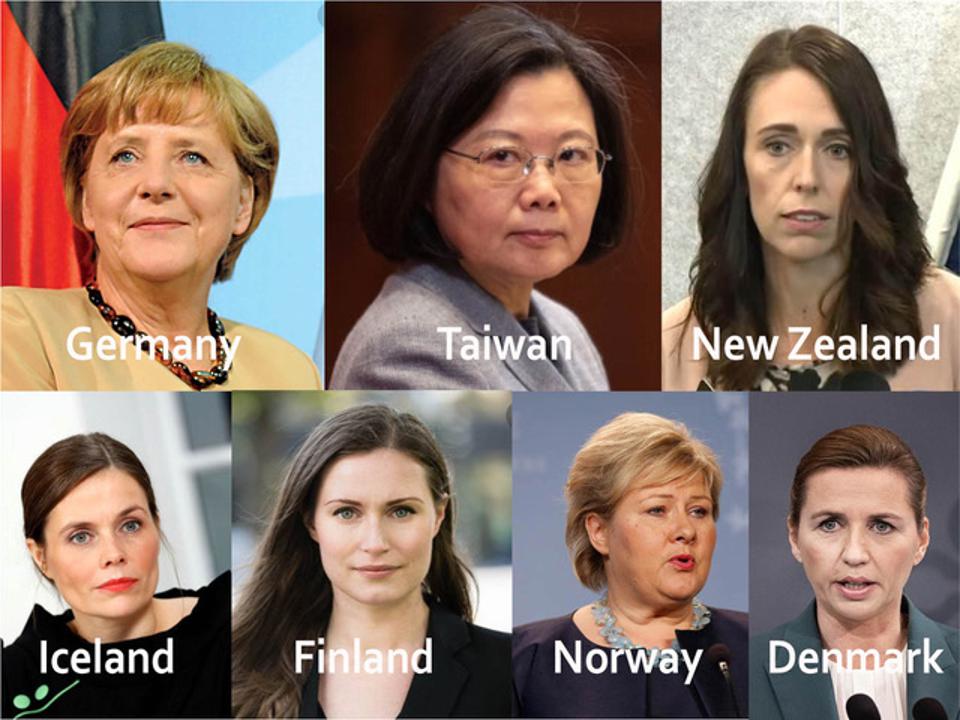Modern life has been defined by a steady stream of distractions that can impair productivity and cause us to lose focus on what really matters– from the never-ending alerts on our smartphones to the never-ending onslaught of emails and appointments. Keeping focused and engaged is more difficult than ever at a time when information overload and shorter attention spans are the norm. This has become more evident in the leadership domain, where promoting an innovative culture and bringing about significant change depend heavily on one’s capacity to remain focused and in the moment.
In today’s fast-paced world, there has never been a greater need for effective leadership. In the classroom, in the boardroom, or in the community, leaders must navigate difficult situations while motivating and inspiring those around them. But within the confusion and demands of life, mindfulness in leadership is a crucial quality that seems to be frequently overlooked.
The foundation of good leadership is mindfulness, which is frequently connected to spirituality and meditation.
“Mindfulness is the simple process of noticing new things about the familiar. When we notice actively, we become sensitive to perspective and change.”
Ellen Langer, Harvard professor of Psychology
It involves accepting oneself, one’s ideas, feelings, and environment, as well as being completely present and involved in the here and now. Although mindfulness may seem like a straightforward idea, it may have a significant influence on a leader’s capacity to make wise decisions, develop deep connections, and create a healthy work environment.
Fundamentally, mindfulness enables leaders to cultivate self-awareness– which is an essential quality of successful leadership. Leaders are able to make more deliberate decisions and better control their impulses by developing an awareness of their own thoughts, feelings, and behaviors as opposed to responding rashly to circumstances. In addition to promoting personal development, this self-awareness helps leaders build empathy for others, which in turn promotes a cooperative and understanding culture within their teams.
Mindfulness also gives leaders the strength they need to face uncertainty and hardship. In the a turbulent and unpredictable environment, leaders frequently encounter unforeseen difficulties and setbacks. Leaders can cultivate mental toughness to maintain composure under duress, adjust to change, and endure hardship by engaging in mindfulness practices. Leaders that possess resilience not only instill confidence in their teams but also provide an example for others to follow, exemplifying the value of remaining composed and clear-headed under difficult situations.
Additionally, practicing mindfulness improves a leader’s capacity for genuine connection-making and successful communication with their staff. Leaders may cultivate trust and rapport with their team members by exhibiting real interest and empathy during encounters, if they are totally present and attentive. In the end, this genuine and open communication is able to foster a positive work atmosphere where team members feel appreciated and free to share their thoughts and viewpoints, which stimulates innovation and creativity inside the company.
Apart from enhancing social skills, mindfulness also helps leaders make strategic decisions and think strategically. Leaders who practice mental clarity and focus are able to see beyond the current difficulties and formulate long-term goals and objectives. With this strategic viewpoint, executives can make well-informed decisions that support the mission and core values of the company, resulting in long-term success and development.
Mindfulness also empowers leaders to adopt a servant leadership style that puts their team members’ growth and well-being first. Leaders may enable their people to flourish both personally and professionally by cultivating a culture of mindfulness inside their businesses. This improves employee retention and happiness while also helping businesses draw in top talent and stay competitive in the fast-paced job market of today.
Although it seems to be one of the latest buzzwords, mindfulness is not merely a fad. It has been found to be an essential part of effective leadership in the twenty-first century.
Leaders may acquire the self-awareness, resilience, communication abilities, and strategic thinking necessary to successfully traverse the complicated and constantly changing world of today by practicing mindfulness. Leaders who practice mindfulness are better equipped to empower their staff, create genuine connections, and promote long-term success and growth in their companies. Adopting mindfulness is advantageous for leaders as individuals as well as crucial for developing a culture of good and influential leadership that encourages and facilitates others in realizing their own potential.
References:



